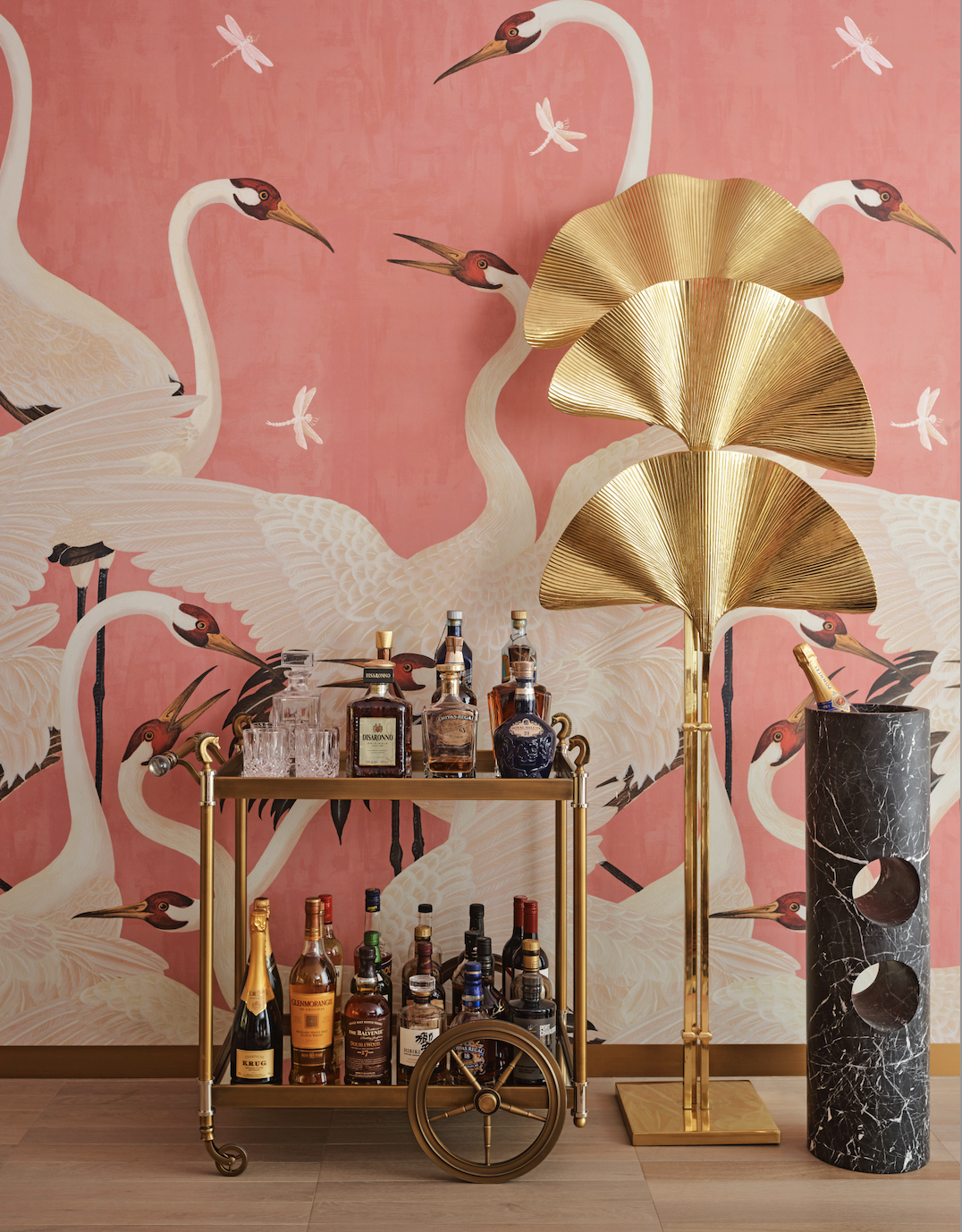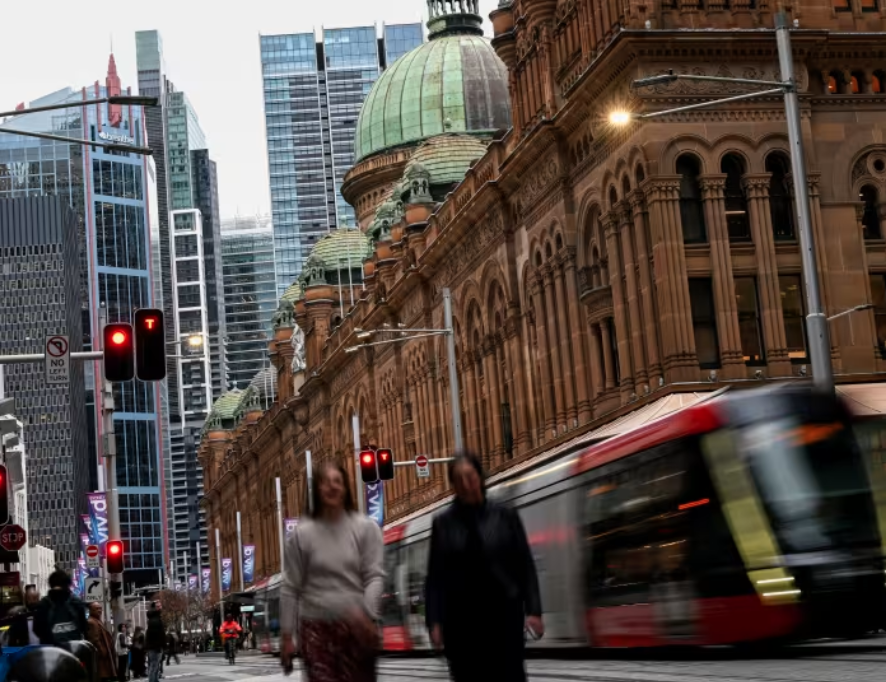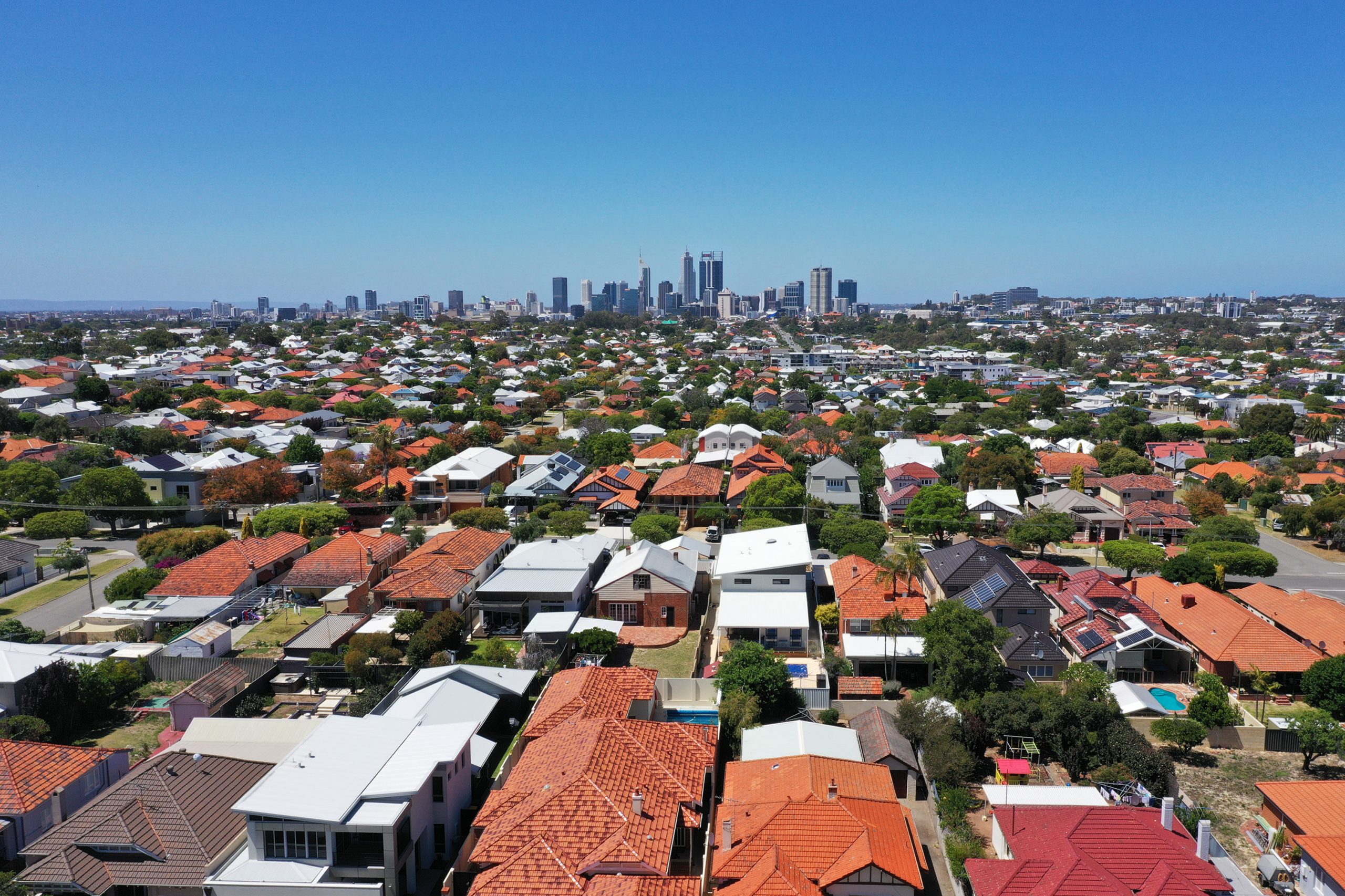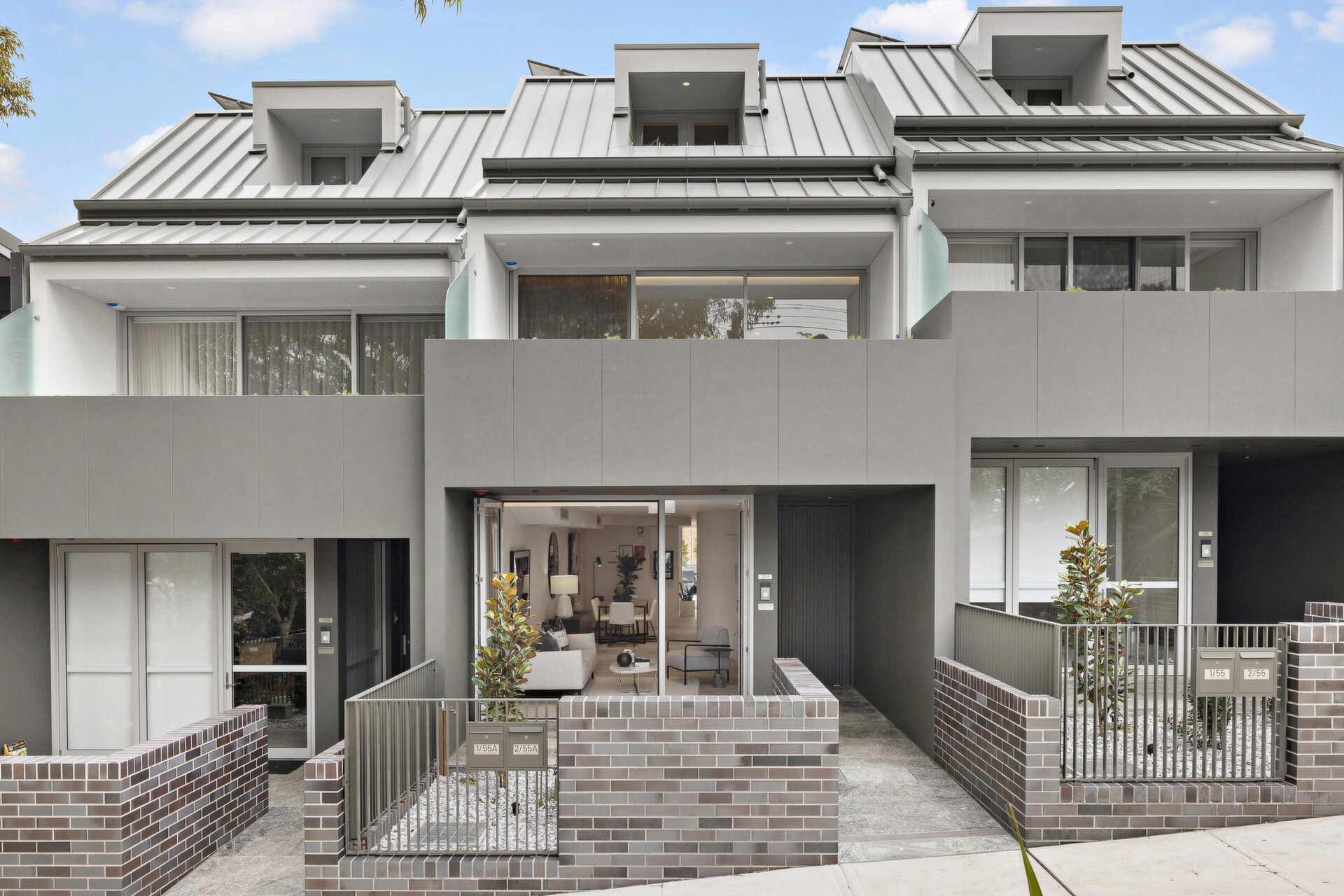The mancave mainstay that became a kitchen must-have
How COVID changed when — and where — we like to drink
World health events have always made an impact on the domestic front. From the introduction of indoor plumbing to deal with water borne diseases in Victorian times to the rise of seaside resorts as a panacea for respiratory ailments like tuberculosis, architectural design has always risen to the challenges and demands of modern living.
So while the recent pandemic has elevated the importance of domestic design ranging from bigger and better bathrooms to fully equipped home offices, there are quieter but no less significant changes afoot in the kitchen.
For more stories like this, order your copy of the latest issue of Kanebridge Quarterly here.
As lockdowns kept all but the most essential workers at home, many began looking at ways to replicate restaurant and bar experiences within their own four walls. Although some people already had dedicated bar areas, others gathered in communal areas like the kitchen to try their hand at making their favourite drink. As restrictions eased, it’s a trend that has continued to gather pace.
Whiskey ambassador, James Buntin, says often it simply makes good sense to make drinks at home.
“When you’re paying between $22 and $25 for a cocktail and you have four of those, that’s $100,” he says. “It becomes quite expensive and so during COVID a lot of people started to create their own drinks instead.”
For connoisseurs with a particular preference for spirits like whiskey, vodka or gin, Buntin says perfecting your favourite cocktail at home can be a more satisfying experience than ordering it at a bar.
“The home bar is not usually set up for making lots of different drinks — you won’t get a menu,” he says. “Generally, it’s one or two drinks that are the owners’ favourites. It’s about simplicity, so it’s your space and you have everything within reach and it becomes a pleasure.”
Kitchen designer and director of Minosa, Darren Genner, says a built-in bar has become a popular must-have among his clients.
“During COVID, the kitchen became the headmaster’s station where mum or dad sat while the kids did their school work,” Genner says. “Then it became more about entertaining at home.”
Rather than the freestanding, mobile drinks trolley that gained popularity among millennials in recent years, the new look bar is curated and integrated, with the occasional touch of glamour.
“It used to be we had the drinks trolley with bottles of whiskey and vodka but now we don’t want to see it all the time,” he says. “We have clients, for example, that love their gin and collect the bottles and they want a place to store them.”
Most recently, Genner created a pop-up bar in a kitchen in Sydney’s Alexandria that emerges from the kitchen benchtop, James Bond-style, at the touch of a button.
“Home automation is the next step,” he says. “We are fitting voice activation now so that you can say ‘hey Alexa, I’m thirsty’.”
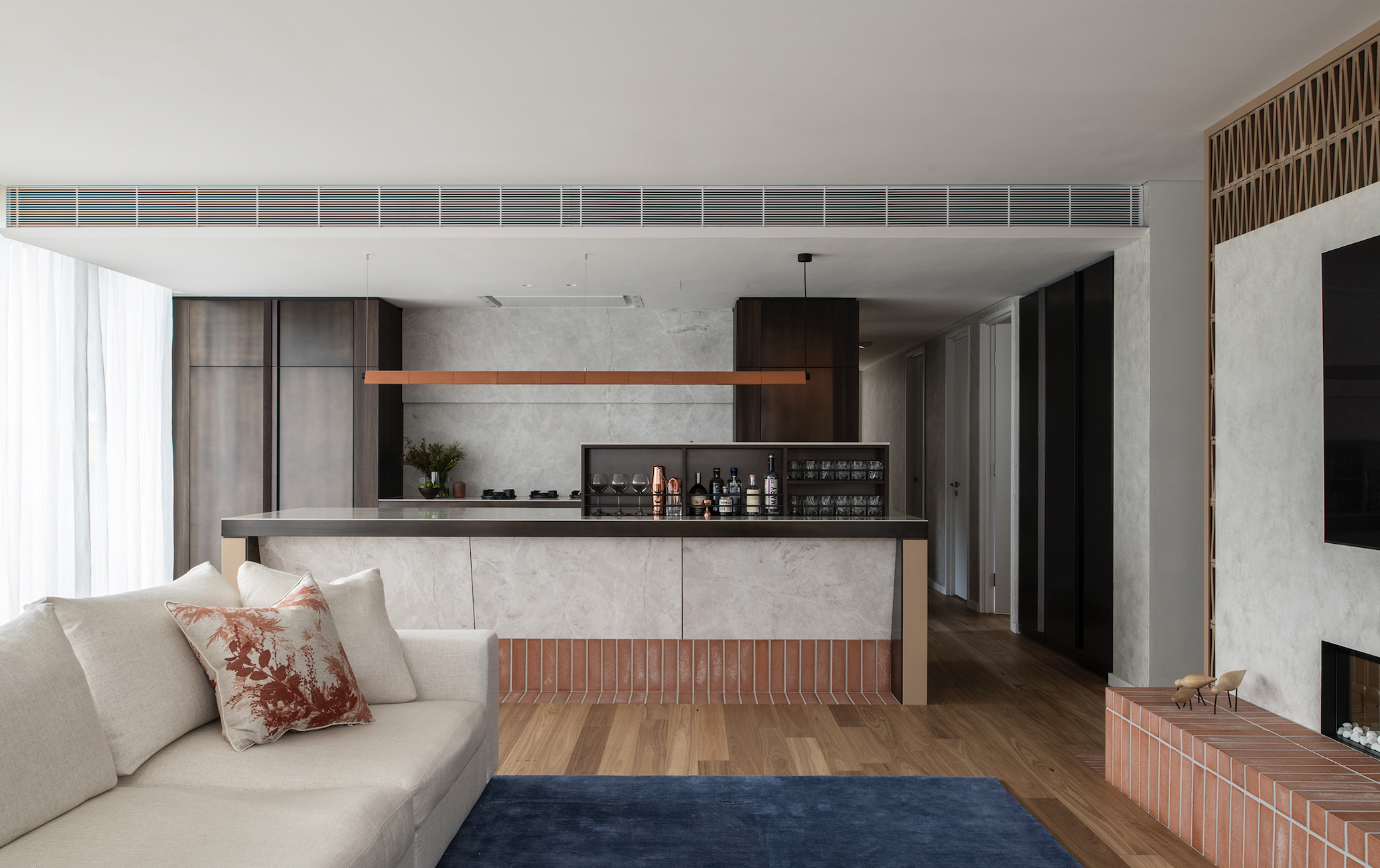
The concealed nature of this new style of in-kitchen bar is also about increasing the functionality of the space within an open plan area over the course of the day.
“There is a touch of the nightclub about them,” Genner says. “When you are sitting in the lounge, you don’t want to see a kitchen — you want to see a beautiful piece of joinery. Materials are metallics, marble and smokey glass with LED lights with sensors that are really positioned to illuminate bottles.
“All those kinds of things make it special.”
Architect Carla Middleton says as footprints shrink, it just makes sense to create spaces with dual functionalities. She has created several spaces on tight sites for clients that are dedicated to easy drinks preparation, including an area under the stairs in her own home at Tamarama.

“It’s a combined coffee and bar area and it was the only thing my husband really wanted,” Middleton says. “We couldn’t do a cellar and this is central to the living and entertaining area that you can seal off when you are not entertaining.
“It’s a nice area when friends come over to set up and let your guests help themselves.”
Rather than creating a separate bar or mancave, a luxe mini version in a shared space like the kitchen also ensures that everyone feels welcome, including the cook. Whether it is concealed or not, for it to be successful, Middleton says a drinks station needs a few essentials.
“You want a good open benchtop, when you are entertaining, to serve as a cocktail station and then a sink big enough to have some ice in it,” she says. “A wine and beer fridge is also good, perhaps one of those under bench wine fridges, and then a separate fridge for soft drinks.”
While the materials and technology might have changed, Middleton points out that the idea of having a cocktail bar at home goes back some way.
“It’s not a new thing. We used to have a drinks trolley in my grandmother’s house,” she says. “It’s just transforming in its style and location.”
Here’s cheers to that.
This stylish family home combines a classic palette and finishes with a flexible floorplan
Just 55 minutes from Sydney, make this your creative getaway located in the majestic Hawkesbury region.
Excluding the Covid-19 pandemic period, annual growth was the lowest since 1992
Australia’s commodity-rich economy recorded its weakest growth momentum since the early 1990s in the second quarter, as consumers and businesses continued to feel the impact of high interest rates, with little expectation of a reprieve from the Reserve Bank of Australia in the near term.
The economy grew 0.2% in the second quarter from the first, with annual growth running at 1.0%, the Australian Bureau of Statistics said Wednesday. The results were in line with market expectations.
It was the 11th consecutive quarter of growth, although the economy slowed sharply over the year to June 30, the ABS said.
Excluding the Covid-19 pandemic period, annual growth was the lowest since 1992, the year that included a gradual recovery from a recession in 1991.
The economy remained in a deep per capita recession, with gross domestic product per capita falling 0.4% from the previous quarter, a sixth consecutive quarterly fall, the ABS said.
A big area of weakness in the economy was household spending, which fell 0.2% from the first quarter, detracting 0.1 percentage point from GDP growth.
On a yearly basis, consumption growth came in at just 0.5% in the second quarter, well below the 1.1% figure the RBA had expected, and was broad-based.
The soft growth report comes as the RBA continues to warn that inflation remains stubbornly high, ruling out near-term interest-rate cuts.
RBA Gov. Michele Bullock said last month that near-term rate cuts aren’t being considered.
Money markets have priced in a cut at the end of this year, while most economists expect that the RBA will stand pat until early 2025.
Treasurer Jim Chalmers has warned this week that high interest rates are “smashing the economy.”
Still, with income tax cuts delivered at the start of July, there are some expectations that consumers will be in a better position to spend in the third quarter, reviving the economy to some degree.
“Output has now grown at 0.2% for three consecutive quarters now. That leaves little doubt that the economy is growing well below potential,” said Abhijit Surya, economist at Capital Economics.
“But if activity does continue to disappoint, the RBA could well cut interest rates sooner,” Surya added.
Government spending rose 1.4% over the quarter, due in part to strength in social-benefits programs for health services, the ABS said.
This stylish family home combines a classic palette and finishes with a flexible floorplan
Just 55 minutes from Sydney, make this your creative getaway located in the majestic Hawkesbury region.









